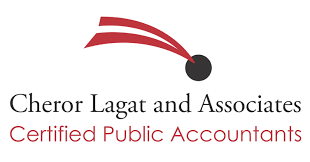Improved Budgeting

Improved budgeting in your business, here are some key strategies:
Track All Expenses
- Monitor Fixed and Variable Costs: Keep a detailed record of fixed costs (like rent and salaries) and variable costs (like utilities, marketing, and raw materials).
- -Use Software: Tools like QuickBooks, Xero, or Wave can help you automate this process.
Note: All Expenses must support generation of the existing or more revenues
Set Realistic Revenue Goals
- Analyze Past Performance: Use historical data to forecast future revenues. Account for seasonality, economic conditions, and market trends. Clients gained and clients lost must be factored in the projection of revenues.
- Break Down Revenue Goals: Divide annual targets into monthly or quarterly goals to track progress more accurately. Business seasons must be incorporated in the revenue goals. Activities involved in the generation of these revenues must be included. For example; Networking events to attend, Clients to visit, people to see, additional compliance documents and skills to obtain
Create an Emergency Fund
Build a reserve fund that can cover unexpected expenses or slow business periods. Aim for 3-6 months of operating expenses.
Regularly Review and Adjust
Conduct monthly or quarterly reviews to compare actual performance with your budget. Adjust forecasts based on new data.
Prioritize Spending
Identify critical expenses that contribute directly to revenue growth or business continuity. Cut back on non-essential costs.
Control Inventory and Procurement
Implement inventory management systems that can monitor inventory movement. THis will enable overstocking or under-stocking. Also negotiate better terms with suppliers when possible.
Use the 50/30/20 Rule
Allocate 50% of your budget to essentials (like operations), 30% to growth (like marketing and R&D), and 20% to savings or paying off debt.
Plan for Taxes
Set aside money throughout the year for taxes to avoid large lump-sum payments later.
